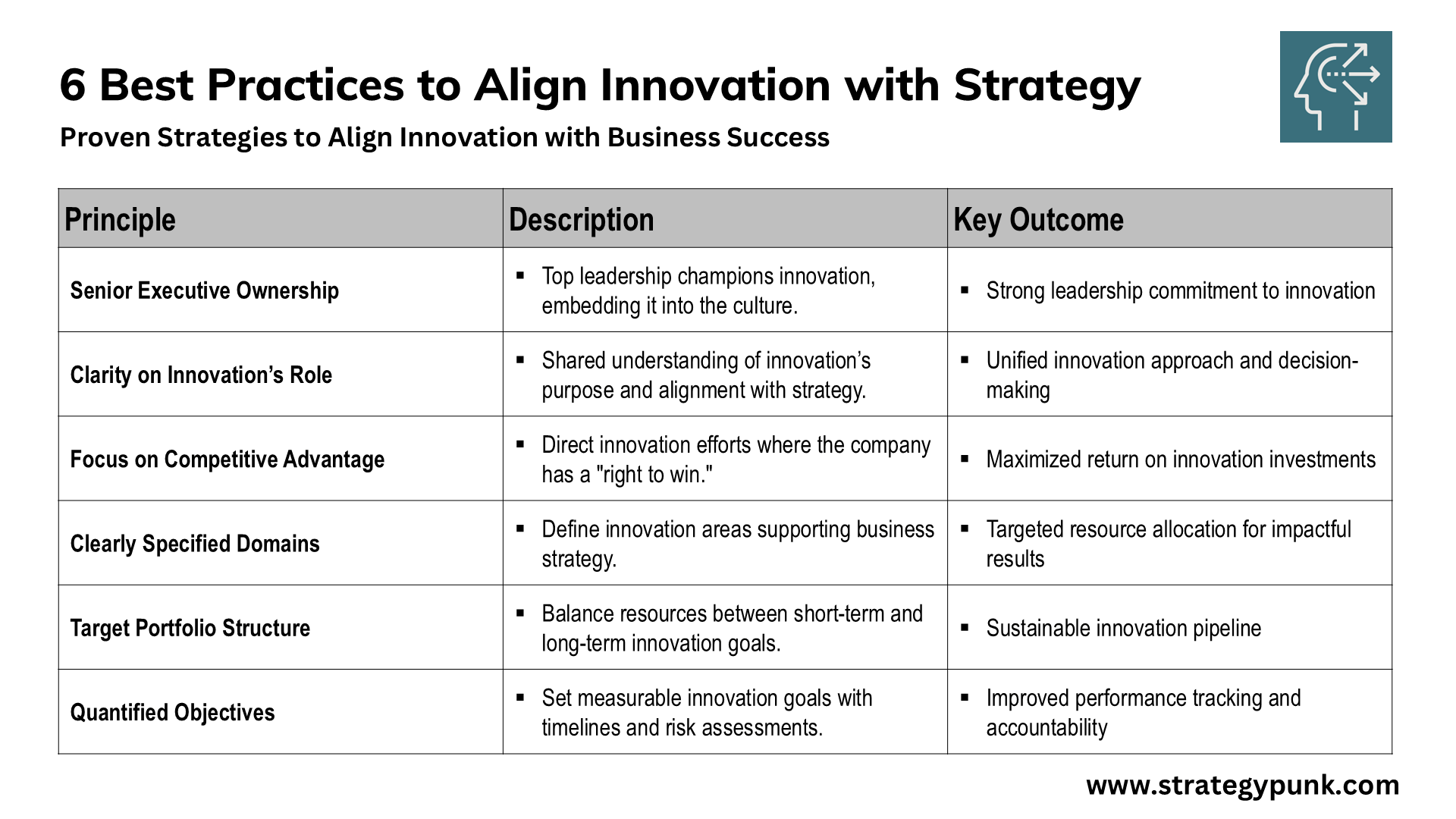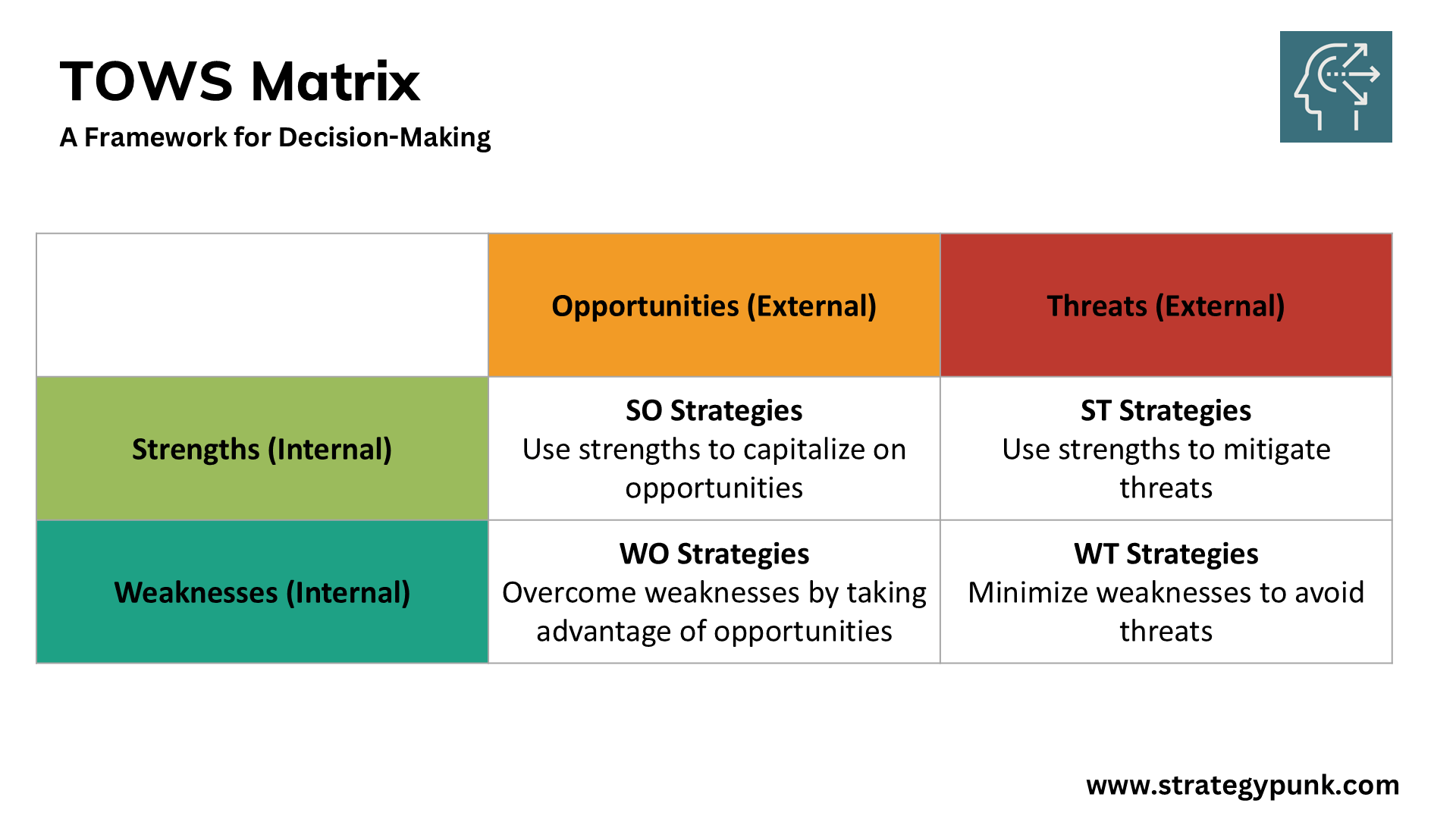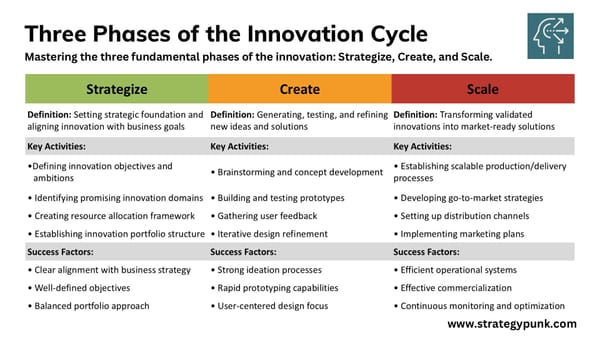Servant vs. Traditional Leadership: A Comparative Framework (Plus Free PPT)
Explore the contrasts between traditional and servant leadership. Uncover characteristics and impacts on team morale and productivity. Enhance your leadership approach with our guide.
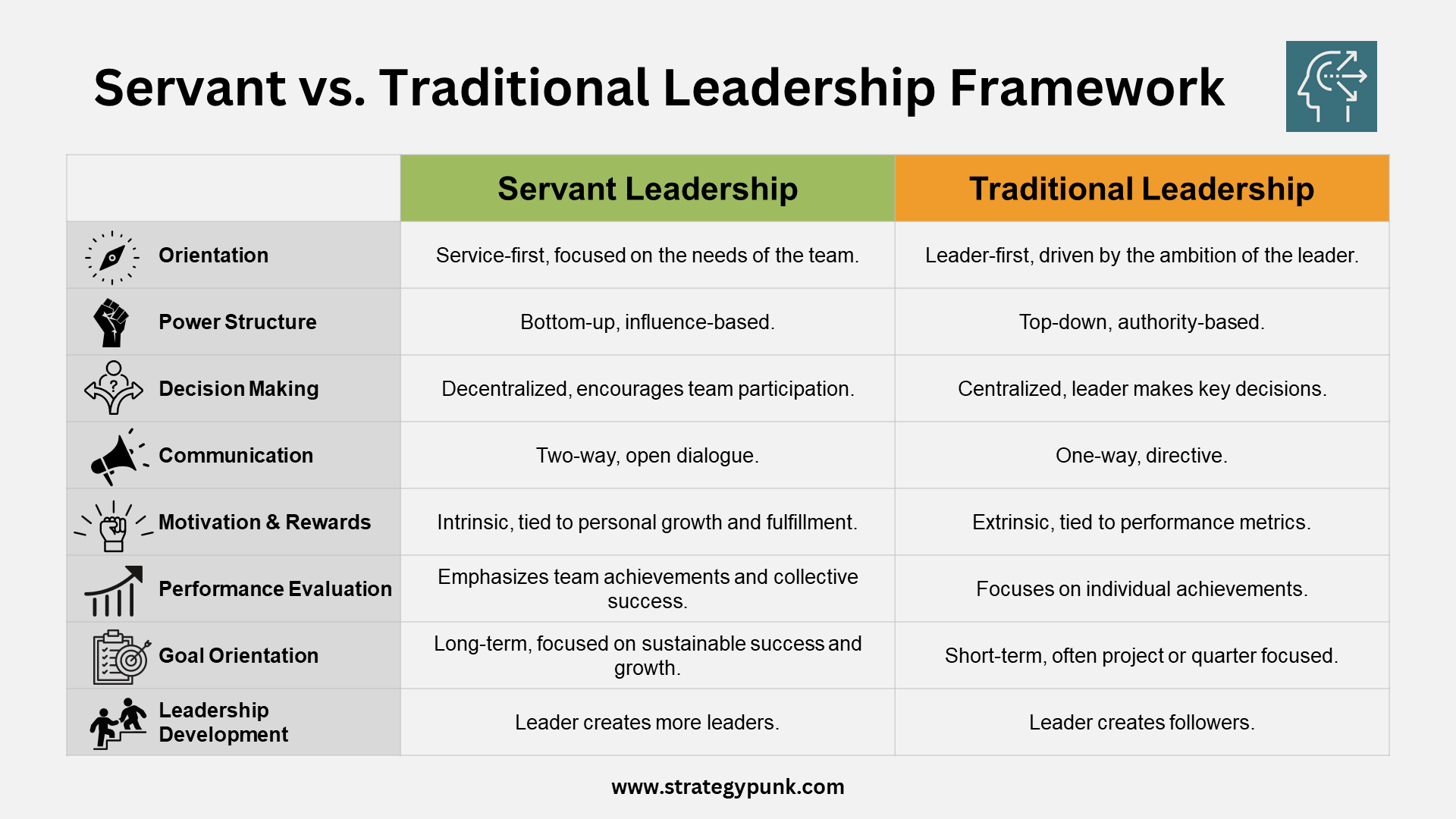
Introduction
You may have encountered traditional and servant leadership terms if you're interested in leadership. While both styles aim to guide and influence others, their approaches and priorities differ. Understanding the difference between traditional and servant leadership can help you identify which type you resonate with most and how to become a more effective leader.
Traditional leadership is often associated with a hierarchical structure, where leaders make decisions and delegate tasks to their subordinates. The focus is on achieving goals and meeting targets, with little emphasis on the well-being of the team members. In contrast, servant leadership emphasizes the needs and growth of the team members, with the leader acting as a servant to their followers. The goal is to empower and support the team members to reach their full potential while achieving the organization's objectives.
What is Traditional Leadership?
Traditional leadership is a model of leadership that has been around for centuries. It is a leadership style based on the idea that a leader should have complete authority over their team or organization. In traditional leadership, the leader is seen as the most critical person in the team or organization, and their power is derived from their position of authority.
Characteristics of Traditional Leadership
Several key features characterize traditional leadership. These include:
- Autocratic: In traditional leadership, leaders make decisions without consulting their team or organization and have complete control over decision-making.
- Hierarchical: Traditional leadership is based on a hierarchical structure, where the leader is at the top of the pyramid, and their team or organization is below them.
- Transactional: Traditional leaders use rewards and punishments to motivate their team or organization. They believe people are motivated by external factors like money rather than internal factors like passion.
- Visionary: Traditional leaders are expected to have a clear vision for their team or organization, and they communicate this vision to their employees.
- Power-Oriented: Traditional leaders focus on maintaining power and control over their team or organization. They may use fear or intimidation to maintain this power.
- Task-Oriented: Traditional leaders are focused on achieving specific goals and objectives, often at the expense of their employees' well-being.
In traditional leadership, trust is not a significant factor. Employees are expected to follow the leader's orders without question, and there needs to be more room for creativity or innovation. While this leadership style may be effective in certain professions, it can lead to low employee morale and high turnover rates in others.
What is Servant Leadership?
Servant leadership is an approach that emphasizes the importance of serving others first and foremost. In this approach, the leader's primary focus is on the growth and development of the employees they lead rather than their success.
Characteristics of Servant Leadership
Several key characteristics are central to the servant leadership approach:
- Listening: Servant leaders prioritize listening to their employees and considering their opinions and ideas. They create an environment where employees feel heard and valued.
- Communication: Servant leaders communicate openly and honestly with their employees. They are transparent about their decisions and actions and encourage open dialogue and feedback.
- Employee Growth and Development: Servant leaders prioritize the growth and development of their employees. They provide opportunities for learning and development, and they support their employees in achieving their goals.
- Approach: Servant leaders approach leadership as a service to others. They prioritize the needs of their employees and work to support them in achieving their goals.
- Empathy: Servant leaders empathize and understand their employees' needs and concerns. They strive to create a supportive and positive work environment.
- Community Building: Servant leaders emphasize the importance of building a strong sense of community within their organization. They work to create a culture of collaboration and teamwork.
Overall, the servant leadership approach is focused on creating a supportive and empowering environment for employees. By prioritizing the growth and development of their employees, servant leaders can build strong, effective teams capable of achieving great things.
The Differences Between Traditional Leadership and Servant Leadership

Decision-Making
In traditional leadership, decisions are made by the leader and communicated to the followers. The leader is seen as the ultimate authority and has control over the organization's direction. In contrast, servant leadership involves collaboration and input from team members. The leader works with the team to make decisions that benefit everyone, not just the leader.
Motivation and Empathy
Traditional leadership often relies on rewards and punishments to motivate followers. The focus is on achieving goals and meeting targets rather than on the well-being of team members. In contrast, servant leadership emphasizes empathy and understanding. The leader seeks to understand the needs and motivations of team members and works to create a supportive environment that fosters growth and development.
Persuasion and Foresight
Traditional leaders often rely on their authority to persuade team members to follow their lead, and they may need to be open to feedback or suggestions from others. In contrast, servant leaders use persuasion and foresight to influence team members. They are available for input and advice and work to create a shared vision for the organization.
Commitment to the Growth of People
Traditional leaders often focus on achieving organizational goals without considering the needs and growth of team members. In contrast, servant leaders are committed to the growth and development of team members. They provide opportunities for learning and development and work to create a culture of continuous improvement.
The difference between traditional and servant leadership is the focus on the leader versus the team. Traditional leaders are seen as the ultimate authority, while servant leaders work collaboratively with team members to achieve shared goals. Servant leadership emphasizes empathy, collaboration, and a commitment to the growth and development of team members.
Pros and Cons of Traditional Leadership
Pros of Traditional Leadership
Traditional leadership is a hierarchical leadership style that has been around for centuries. It is based on a clear hierarchy: the leader is at the top, and the followers are at the bottom. One of the main advantages of traditional leadership is that it provides a clear structure and guidance for the followers. The leader is responsible for making decisions and giving direction, which can help to increase productivity and reduce confusion.
Another advantage of traditional leadership is that it can effectively achieve results. The leader is in charge of setting goals and strategies, and the followers are expected to follow those strategies to achieve the desired results. This helps ensure that everyone is working towards the same goal, which can increase productivity and reduce conflict.
Cons of Traditional Leadership
However, traditional leadership also has its drawbacks. One of the main disadvantages is that it can create a rigid structure that can stifle creativity and innovation. The emphasis on hierarchy can make it difficult for followers to express their ideas and opinions, leading to a need for new ideas and strategies.
Another disadvantage of traditional leadership is that it can create organizational conflict. A clear hierarchy can lead to power struggles and competition, harming productivity and morale. Additionally, the emphasis on the leader's authority can lead to a lack of trust and respect from the followers.
In summary, traditional leadership has both pros and cons. It can provide a clear structure and guidance for the followers, increasing productivity and reducing confusion. However, it can also create a rigid system that stifles creativity and innovation and can create conflict within the organization.
Pros and Cons of Servant Leadership
Pros of Servant Leadership
Servant leadership has been gaining popularity in recent years due to its focus on the well-being of employees and innovative approaches to utilizing resources. By prioritizing the needs of employees, servant leaders can create a positive workplace culture that promotes employee health and well-being. This can improve performance and operations as employees are more motivated and engaged.
In addition, servant leadership emphasizes stewardship and ethics, which can lead to more responsible use of resources and a focus on long-term sustainability. By taking a servant leadership approach, leaders can create a sense of purpose and meaning for employees, leading to greater job satisfaction and a more positive work environment.
Cons of Servant Leadership
While there are many benefits to servant leadership, there are also some potential drawbacks. One potential downside is that a servant leadership approach may only be practical in some situations. For example, a more directive leadership style may be necessary in high-pressure or fast-paced environments to ensure operations run smoothly.
Another potential challenge with servant leadership is that it may take time to balance the needs of employees with the organization's needs. While servant leaders may prioritize the well-being of employees, they also need to ensure that the organization is meeting its goals and objectives.
Finally, servant leadership can be time-consuming and require a significant investment of resources. Leaders who adopt a servant leadership approach may need to spend more time interacting with employees and addressing their needs, which can take away from other essential tasks and responsibilities.
While there are some potential challenges with servant leadership, many leaders have found that it can be a practical approach for promoting employee well-being, innovative thinking, and responsible resource use. By carefully considering the pros and cons of servant leadership, leaders can determine whether this approach is suitable for their organization.
How to Implement Servant Leadership in an Organization
Building a Community
To implement servant leadership, you must first build a community. This involves creating a positive work environment that fosters collaboration and mutual respect. Encourage open communication and feedback, and ensure everyone feels valued and heard. Building a solid sense of community can create a culture of trust and accountability.
Active Listening
Active listening is a critical component of servant leadership. It involves listening to others with empathy and understanding and responding in a way that shows you value their input. To be an effective servant leader, you must be willing to listen to feedback and take action to address concerns.
Self-Awareness
Self-awareness is another crucial trait of servant leadership, and it involves understanding your strengths and weaknesses and your impact on others. By being self-aware, you can better understand the needs of your team and work to address them.
Commitment to the Growth of People
A commitment to the growth of people is essential for servant leadership. This involves investing in your team members' development and helping them reach their full potential. You can create a more productive and engaged team by supporting their growth and development.
Inclusive
Inclusive leadership is also essential for servant leadership. This involves valuing diversity and creating a culture of inclusion. By embracing different perspectives and experiences, you can create a more innovative and effective team.
Clear Direction
Servant leaders must also provide clear direction. This involves setting goals and expectations and communicating them clearly to your team. By providing a clear path, you can help your section to stay focused and motivated.
Serving Others
Finally, servant leadership is all about serving others. This involves putting the needs of your team members first and working to support them in any way possible. By helping others, you can create a more positive and productive work environment.
Implementing servant leadership requires a shift in mindset and approach. However, by building a community, practicing active listening, being self-aware, committing to the growth of people, being inclusive, providing clear direction, and serving others, you can create a compelling and inspiring leadership style that benefits your team and your organization.
Servant Leadership Vs. Traditional Leadership: A Comparative Framework
Orientation
Traditional leadership is focused on achieving organizational goals and objectives, while servant leadership is focused on serving the needs of others. In traditional leadership, the leader is the primary decision-maker and controls the organization's direction. In servant leadership, the leader is a facilitator, empowering others to make decisions and take ownership of their work.
Power Structure
In traditional leadership, power is centralized at the organization's top, with the leader making all significant decisions. In servant leadership, authority is decentralized, with the leader empowering others to make decisions and take ownership of their work.
Decision Making
In traditional leadership, decisions are made by the leader, often without input from others. In servant leadership, decisions are made collaboratively, with the leader facilitating the decision-making process and empowering others to contribute their ideas.
Communication
In traditional leadership, communication is often top-down, with the leader communicating directives to subordinates. In servant leadership, communication is more collaborative, with the leader actively listening to the needs and concerns of others and working to address them.
Motivation & Rewards
In traditional leadership, motivation, and rewards are often based on achieving organizational goals and objectives. In servant leadership, inspiration and tips are based on serving the needs of others and contributing to the greater good.
Performance Evaluation
In traditional leadership, performance evaluation is often based on achieving organizational goals and objectives. In servant leadership, performance evaluation is based on how well the leader has served the needs of others and facilitated their success.
Goal Orientation
In traditional leadership, the focus is on achieving specific goals and objectives. In servant leadership, the focus is on serving the needs of others and contributing to the greater good.
Leadership Development
In traditional leadership, leadership development often focuses on developing the skills and knowledge necessary to achieve organizational goals and objectives. In servant leadership, leadership development is focused on developing the skills and knowledge required to serve the needs of others and facilitate their success.
Servant and traditional leadership have different orientations, power structures, decision-making processes, communication styles, motivation and reward systems, performance evaluation methods, goal orientations, and leadership development approaches. By understanding the differences between these two leadership styles, you can choose the one that best fits your organization's needs and goals.
Conclusion
In conclusion, understanding the differences between traditional and servant leadership is crucial for anyone in a leadership position. While traditional leadership focuses on a hierarchical structure and emphasizes the leader's authority, servant leadership prioritizes the team's needs and encourages collaboration.
Servant leadership is a more recent concept, but it has gained popularity due to its focus on empathy and ethical behavior. Servant leaders can create a more positive and productive work environment by prioritizing the team's needs.
In contrast, traditional leadership can lead to a more rigid and authoritarian workplace. While it may be effective in certain situations, it can also create a culture of fear and resentment among team members.
When comparing servant leadership vs. traditional leadership, it is essential to consider the key differences in their approaches. Servant leaders prioritize the team's needs, while traditional leaders focus on their authority and control.
Ultimately, the best leadership approach will depend on the specific situation and the team's needs. However, by understanding the differences between these two approaches, you can make a more informed decision about which leadership style to adopt in your organization.
Additional Resources:
What is Servant Leadership: Framework, 10 Principles, and Benefits (Plus FREE Template)
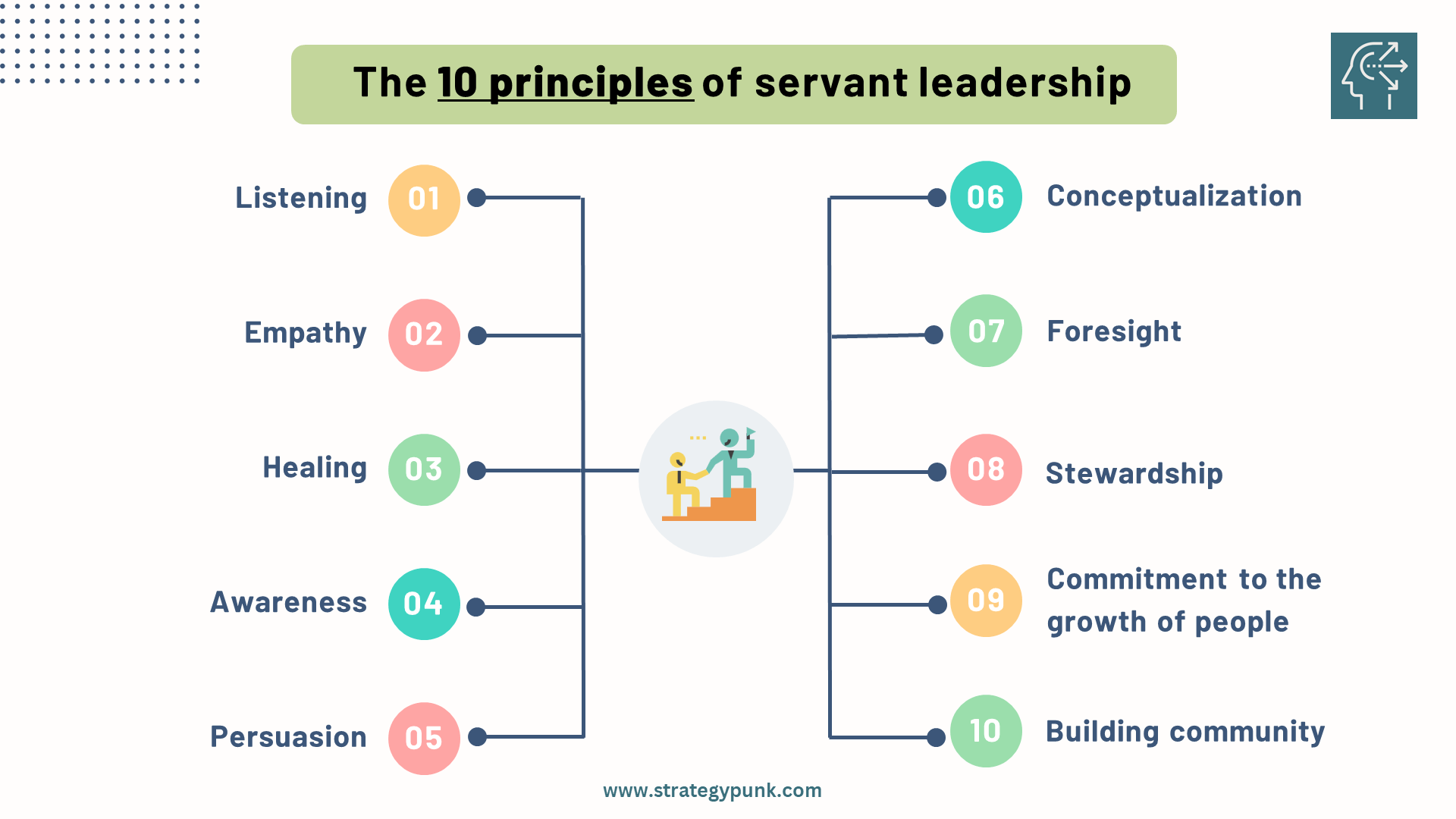
Servant Leadership: The Selfless Way to Lead Your Team
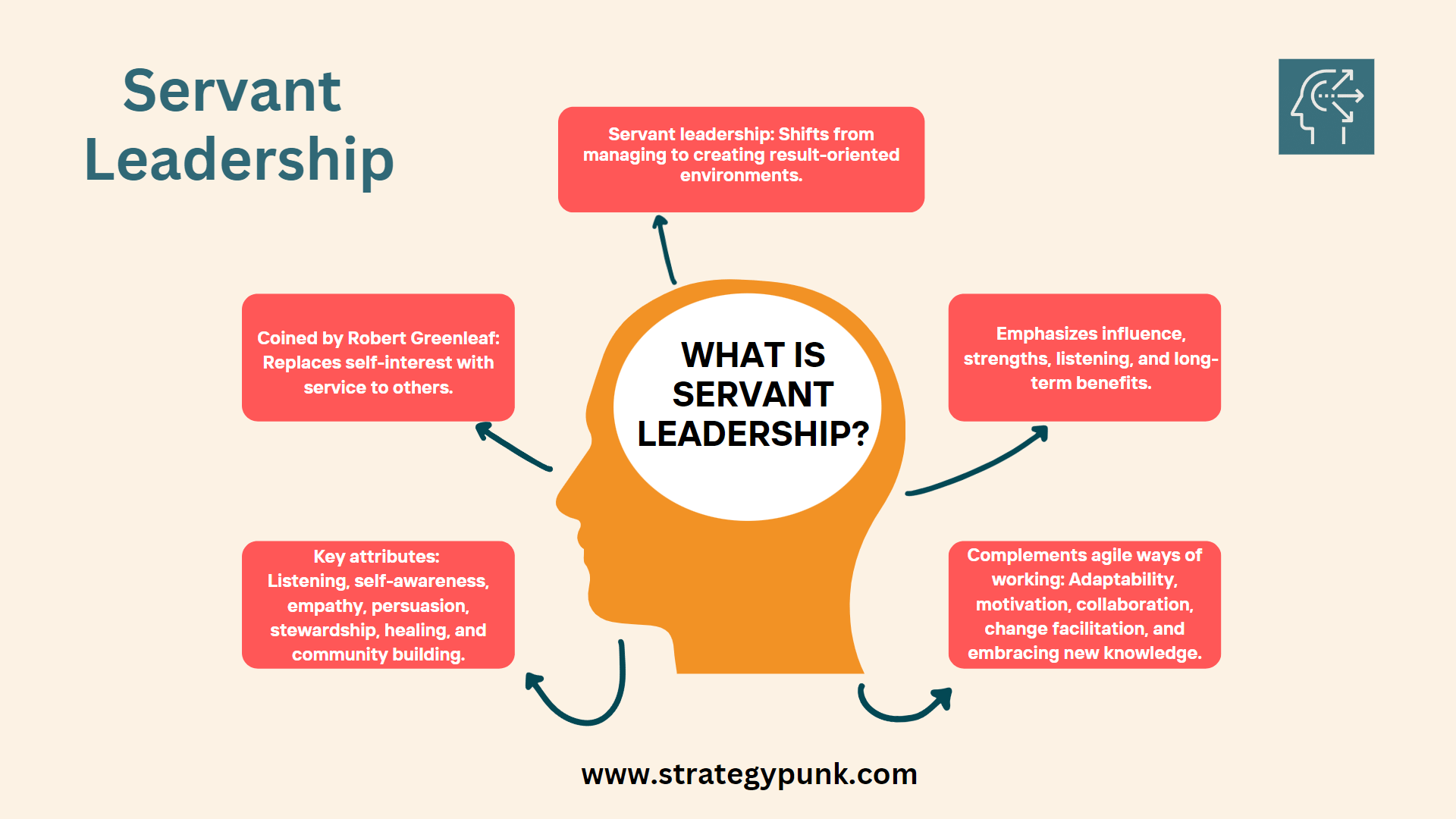
Servant Vs. Traditional Leadership: A Comparative Framework
Free PDF and PowerPoint Template: Servant vs. Traditional Leadership Framework
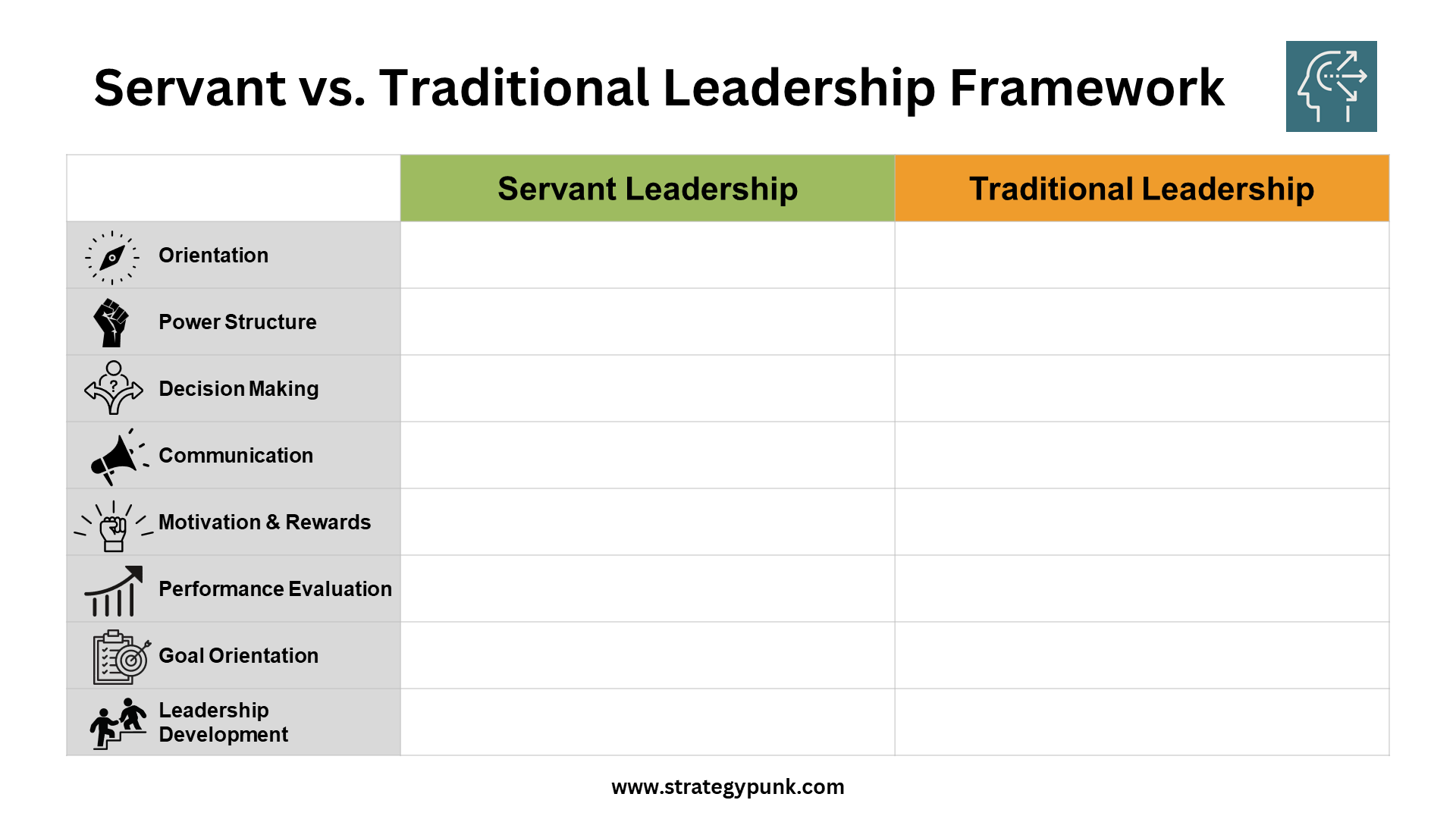
Orientation
- Traditional Leadership: Leader-first, driven by the ambition of the leader.
- Servant Leadership: Service-first, focused on the needs of the team.
Power Structure
- Traditional Leadership: Top-down, authority-based.
- Servant Leadership: Bottom-up, influence-based.
Decision Making
- Traditional Leadership: Centralized, the leader makes critical decisions.
- Servant Leadership: Decentralized, encourages team participation.
Communication
- Traditional Leadership: One-way, directive.
- Servant Leadership: Two-way, open dialogue.
Motivation & Rewards
- Traditional Leadership: Extrinsic, tied to performance metrics.
- Servant Leadership: Intrinsic, tied to personal growth and fulfillment.
Performance Evaluation
- Traditional Leadership: Focuses on individual achievements.
- Servant Leadership: Emphasizes team achievements and collective success.
Goal Orientation
- Traditional Leadership: Short-term, often project or quarter-focused.
- Servant Leadership: Long-term, focused on sustainable success and growth.
Leadership Development
- Traditional Leadership: The leader creates followers.
- Servant Leadership: A leader creates more leaders.




